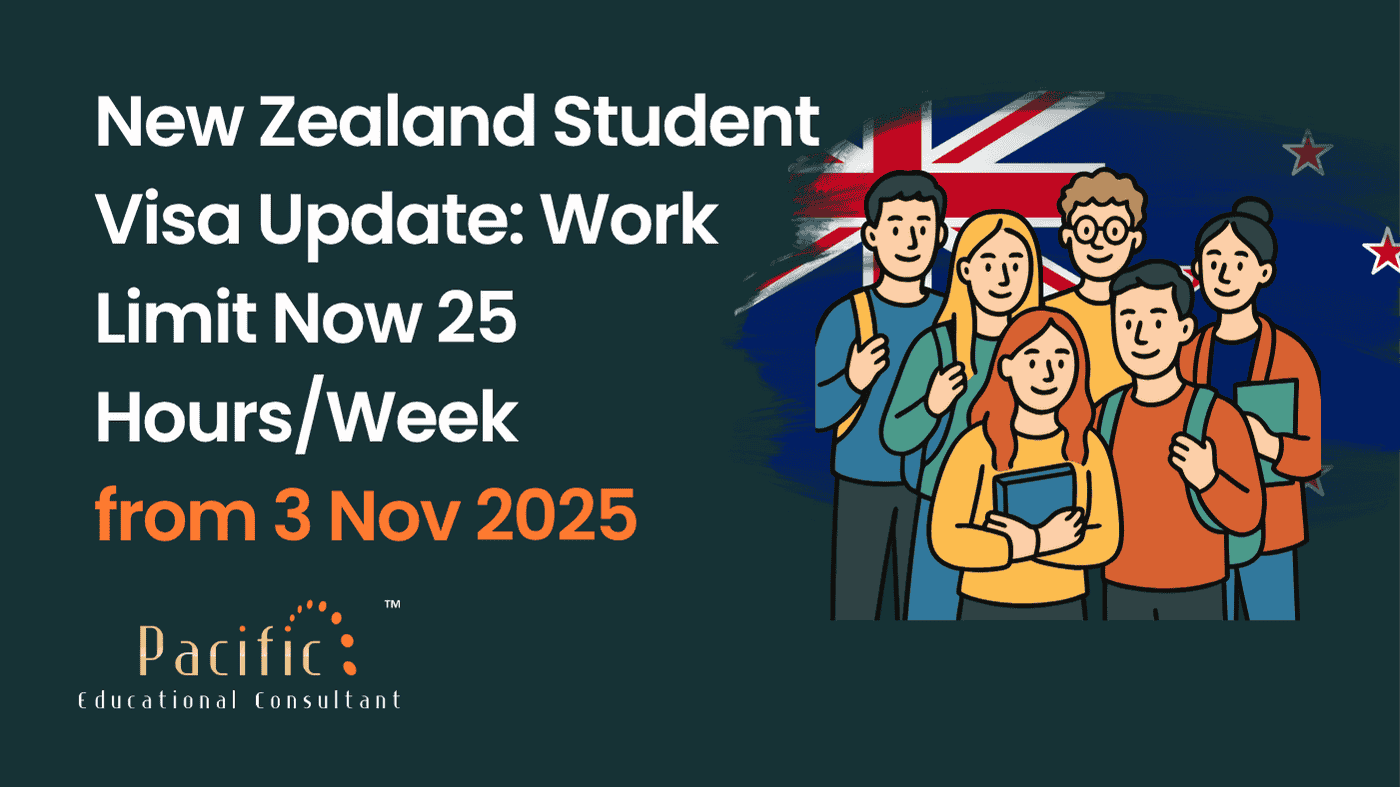


International students in the United States often seek employment opportunities to gain experience and support their finances. However, strict visa regulations limit the types of jobs they can pursue. While some students work on campus without additional authorization, off-campus employment requires special permissions, mainly in the form of Curricular Practical Training (CPT) and Optional Practical Training (OPT).
Both CPT and OPT provide work opportunities for F-1 visa holders, but they differ in purpose, duration, and restrictions. Understanding these programs helps international students plan their careers strategically while staying compliant with U.S. immigration laws.
Before diving into the specifics of CPT and OPT, it’s essential to understand the general process international students must follow to work legally in the U.S.:
Now, let’s explore CPT and OPT in more detail.
CPT is a work authorization that allows F-1 visa students to gain practical experience in their field of study while enrolled in school. It is often required as part of an internship, cooperative education, or other academic programs.
OPT is a temporary work authorization that allows F-1 students to gain work experience before or after graduation. Unlike CPT, OPT is not tied to a specific academic requirement.
There are three main types of OPT:
For students navigating the complexities of U.S. work authorizations, understanding CPT and OPT is crucial. Here’s a quick recap to help decide:
| Feature | CPT | OPT |
| Purpose | Practical training required by academic program | General work experience related to major |
| Approval Employer-Specific? | School (DSO) | USCIS |
| When Used? | Before graduation | Before or after graduation |
| Employer-Specific? | Yes | No |
| Time Limit | No set limit, but 12 months of full-time CPT cancels OPT eligibility | 12 months (36 months for STEM) |
Choosing between CPT and OPT depends on the student’s academic program, career goals, and long-term plans for staying in the U.S. Understanding the key differences ensures they maximize their employment opportunities while maintaining legal status.
International students should consult their DSO or an immigration expert for personalized guidance on applying for CPT or OPT. Staying informed and planning ahead will help them make the most of their U.S. study experience!

New Zealand Student Visa Update: Work Limit Now 25 Hours/Week from 3 Nov 2025

Describe a family member who you want to work with in the future - IELTS Cue Card

Describe a noisy place you have been to - IELTS Cue Card

Describe a time you enjoyed a free day off work or school – IELTS Cue Card

Bachelor in Business Economics (BBE)

BE IT Full Form: Complete Guide to Eligibility, Syllabus, Fees, and Career Scope

Describe a water sport you would like to try in the future - IELTS Cue Card

Describe a plan that you had to change recently - IELTS Cue Card

CBSE Class 10 & 12 Date Sheet 2026: Complete Timetable & Study Planner

Describe a sport that you really like - IELTS Cue Card